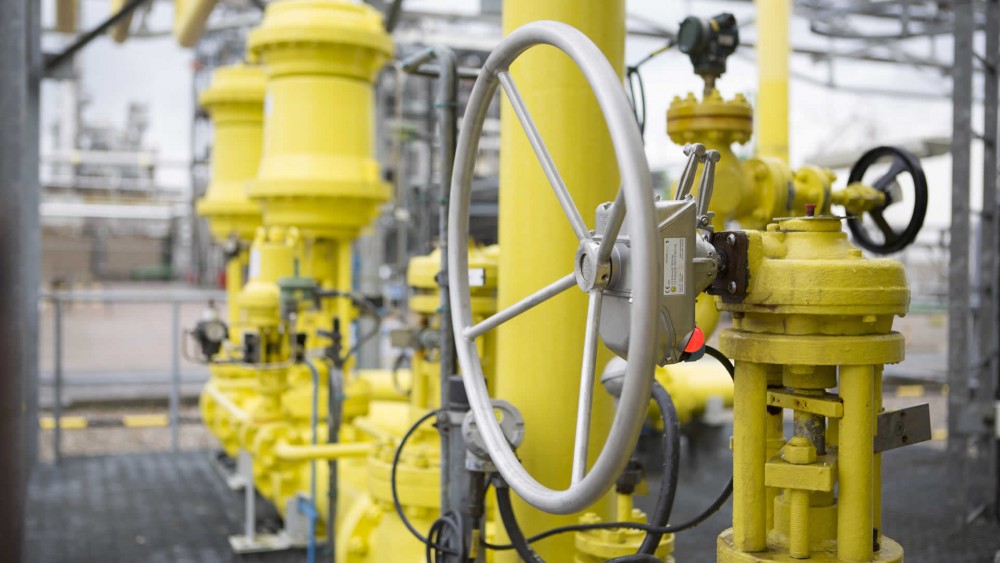In the process industry, awareness of the valve status is essential to avoid injury and equipment damage. A recent market research conducted by Sofis revealed that many companies apply self-made or ‘bracket type’ solutions for valve position indicating. They often experience serious issues with the use of these kinds of solution. What are the alternatives to self-made position indicators and how do they perform in terms of quality and cost effectiveness?
Product characteristics of valve position indicators
Based on criteria described by end users in the oil & gas industry, valve position indicators should give accurate information on the position of critical valves. Ideally, they should be durable in order to resist harsh weather conditions. As a consequence, and also to avoid influences caused by vibration, valve position indicators should have an enclosed sensor design, ensuring isolation of all mechanical and electronic components from the outside environment. This will make the design almost insensitive to harsh weather conditions and ensures the product is resistant to vibration.
Using actuators for valve position indicating
It appears that actuators are often used as an alternative to self-made solutions for valve position indicating. In many cases, this is due to the fact that companies are not aware of any other reliable solutions. This is quite remarkable, as actuators are primarily designed for the automated operation of valves. When communicating open and closed positions is the only functionality needed, actuators will prove to be far too sophisticated. Consequently, using technical comprehensive products such as actuators also implies that more maintenance is needed in order to guarantee a high level of reliability.
A solution geared specifically towards communicating valve positions
When valve position indication is the only functionality that is required, a less sophisticated solution than valve actuators would be preferred. This solution should overcome traditional issues related to the use of self-made solutions. These issues are mostly related to unreliable welded brackets and other unstable constructions which lead to false open and closed signals. In effect, companies using self-made constructions have never been able to create a strong and robust mounting facility around the hand wheel and adequate protection for the switches themselves.
Using mechanics to convert a valve position into an electronic signal
In order to meet the industry’s criteria forvalve position indicating, Sofis applies a mechanical counter. The counter principle (which is also applied to nearly 100,000 valve interlocks in the field) is used to convert a valve’s open and closed positions to electronic signals. Integrated into a standardized robust, stainless steel enclosure, it ensures the accuracy of valve status signals sent to the control room. The sensor is completely enclosed in the compact and solid body of the valve position indicator. In fact, the design isolates all mechanics and electronics from the outside environment, making it almost unaffected by harsh weather conditions, while being vibration-resistant at the same time. Various switch or sensor types can be used, depending on the application and customer specific-requirements. Moreover, the valve position indicator can be equipped with wireless connections to the DCS.
Proven and tested product
The valve position indicator as designed by Sofis is extensively tested and has proven its durable character and reliability in the field. Already thousands of indicators are installed on facilities in the oil & gas and petrochemical industries. It is particularly valued for its accuracy, while its durability and performance in all climates and weather conditions are also appreciated as valuable product characteristics. This mechanical solution provides the only high-quality product geared solely towards communicating valve open and closed positions.


